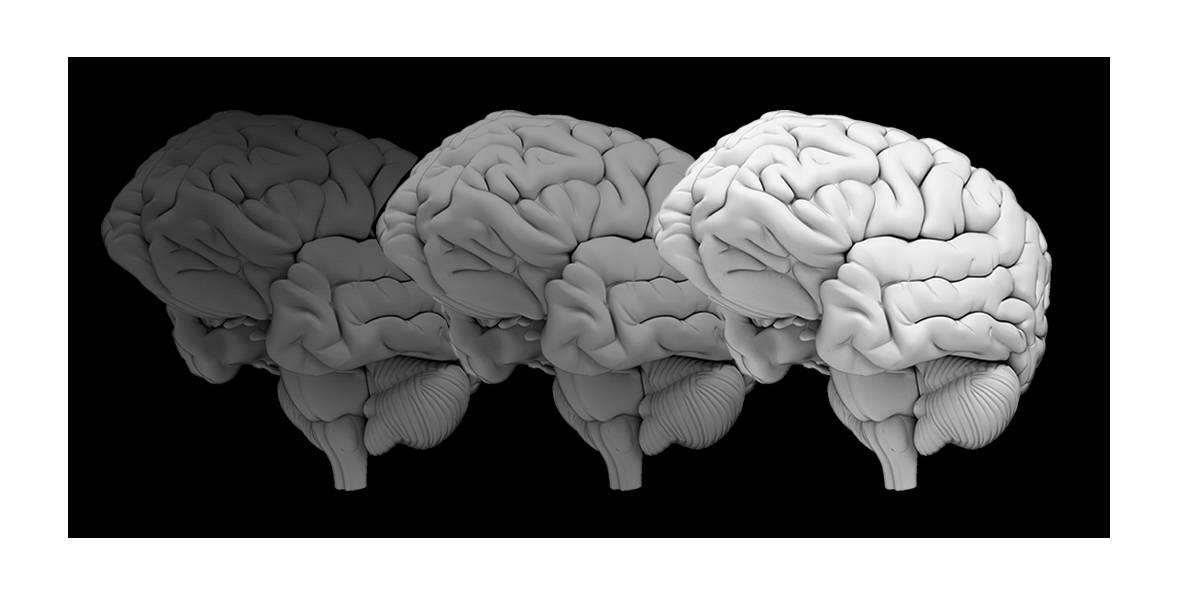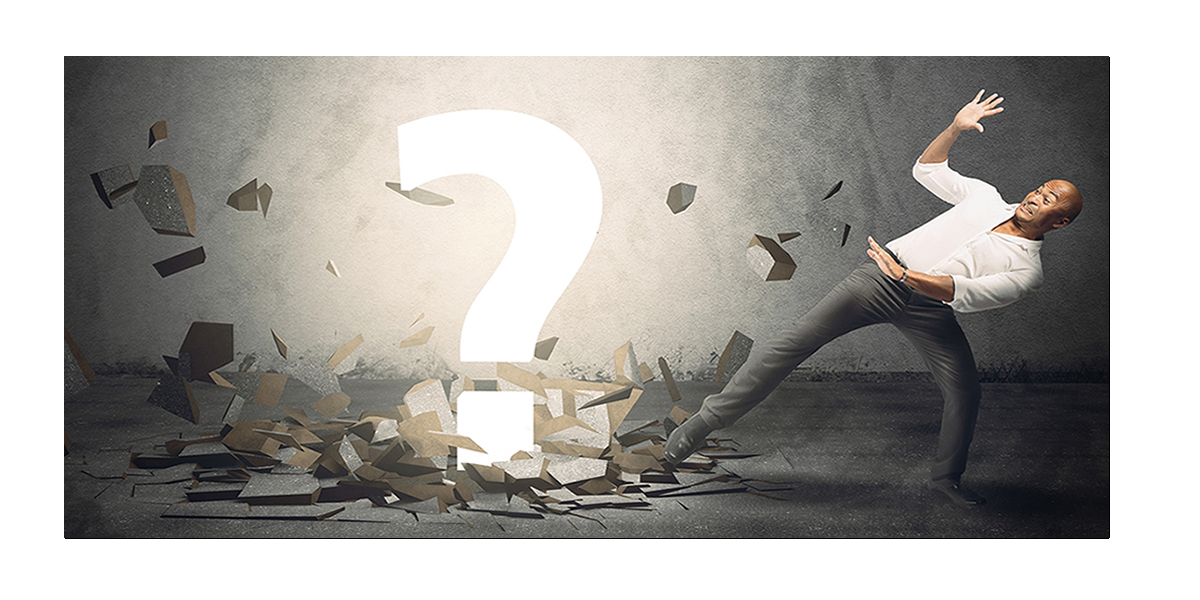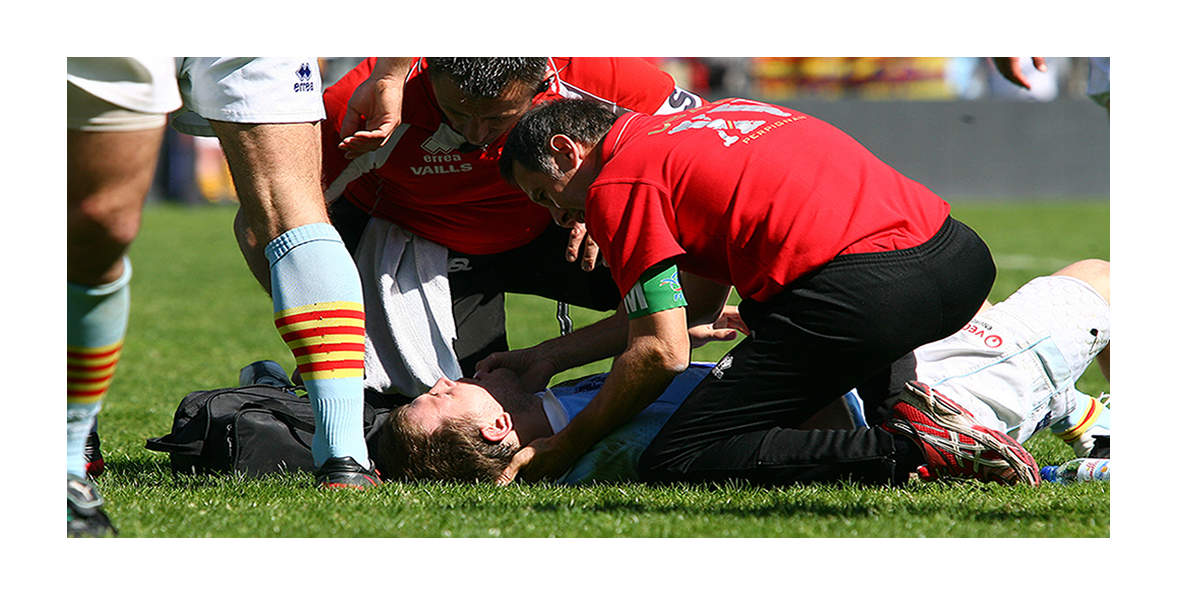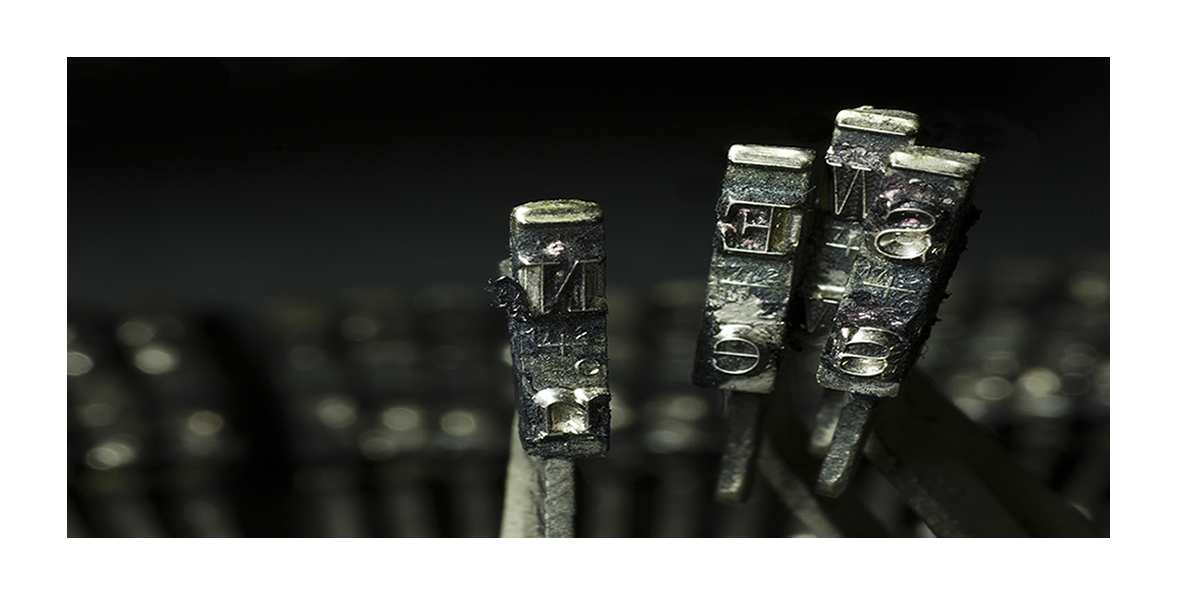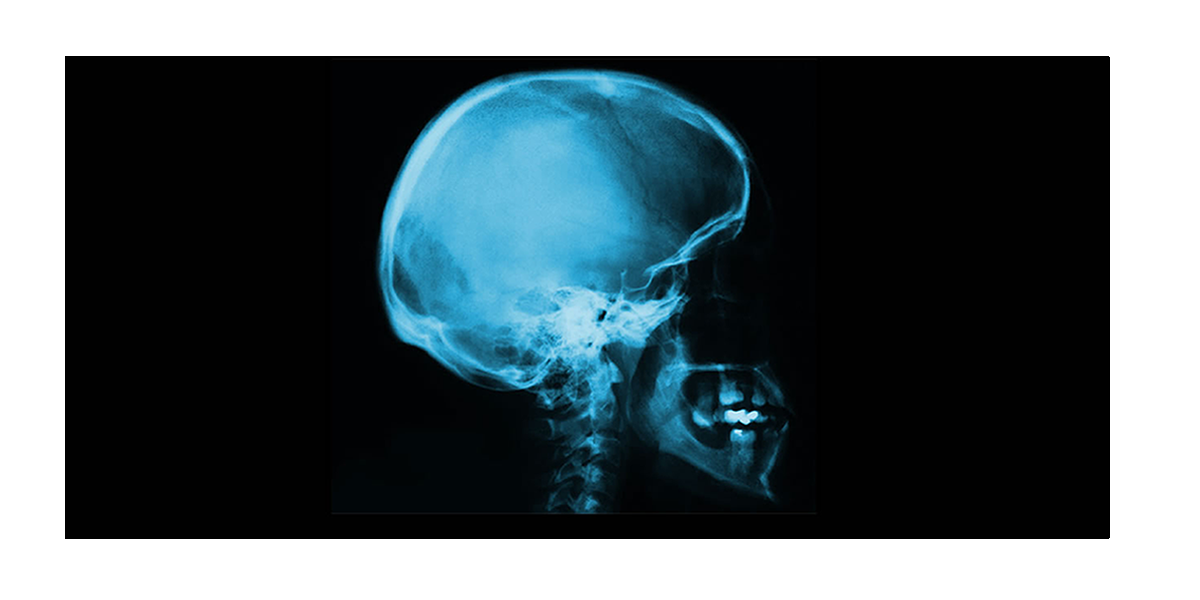| Brain-injury breakthrough in London, Ont. Toronto Sun
LONDON, Ont. -- London scientists have made a discovery that could make a critical difference in deciding whether withdraw life-support from a brain-injured patient. Published Wednesday in the prestigious medical journal The Lancet, the researchers at the University of Western Ontario found 19% of patients diagnosed as vegetative were actually conscious but unable to respond. “It is enormously important to know as much as you can about these patients,” said neuroscientist Adrian Owen, a star researcher at the University of Western Ontario who was lured there from Cambridge University. Owen is the research chair in cognitive neuroscience at Western’s Centre for Brain and Mind. “Evidence that you are conscious can lead to a refusal to withdraw life-support,” Owen said. “In most civilized countries, there is a very clear distinction between patients who are conscious and patients who are unconscious - vegetative state patients.” Diagnosing patients with brain injuries can be extremely difficult for doctors relying on assessing the patient’s behaviour know if they’re conscious or not, he said. “Sometimes it is impossible. That is why you sometimes have a 40% misdiagnosis rate,” Owen said. Owen and his colleagues found they could check brain activity with a relatively cheap, portable method already available many hospitals — electroencephalography, or EEG. EEG measures electrical activity in the brain. When the researchers asked some apparently vegetative patients to think about squeezing their hand, the EEG showed activity across the top of the brain. “That tells us they are imagining squeezing their hand,” Owen said. When the patient was asked to imagine moving their toes, the EEG detected activity in a different area of the brain be involved with moving toes. “We aren’t relying on the behaviour, we are not relying on the outward appearance of the patient — we are relying on activity in the brain,” he said. The knowledge gained from the EEG could help determine therapies for some patients. “If we are able to show with EEG that a patient can understand speech, then you might want to focus therapeutic attempts restoring speech abilities,” Owen said. The advantages of the EEG over MRI for detecting brain activity include its much lower cost and smaller size. “It fits in a suitcase, it doesn’t require an entire room, it’s not 14 tonnes. It is something you can carry in a suitcase,” said. Owen said he expects the method will be adopted by Canadian hospitals and used in long-term care homes. “We are going to be trying as hard as we can to teach people and get it out there and make it widely available because obviously it is enormously important to patients,” he said. Owen and Damian Cruse, lead writer on the study, collaborated with researchers at the University of Cambridge and Coma Science Group at the University Hospital of Liege. |
What is Brain Injury?
Brain injury can be a devastating disability, and given the brain’s complexity and the differences in the types, locations, and extent of damage, the effects of a brain injury can be wide and varied. Some occur immediately, and some may take days or even years to appear.
© Brain Injury Center 2015
Contact Us
The Human Brain
The human brain in an incredible thing! It’s one of the most complex and least understood parts of the human body, but science is making new advances every day that tell us more about the brain.
The average human brain is 5.5 inches wide and 3.6 inches high. When we’re born, our brains weigh about 2 pounds, while the adult brain weighs about 3 pounds.
The brain accounts for about 2% of your total body weight, but it uses 20% of your body’s energy!
It sends out more electrical impulses in one day than all the telephones in the world, and it’s estimated that the brain thinks about 70,000 thoughts in a 24-hour period.
Warning: Graphic photo
© 2008-2015 Brain Injury Centre

